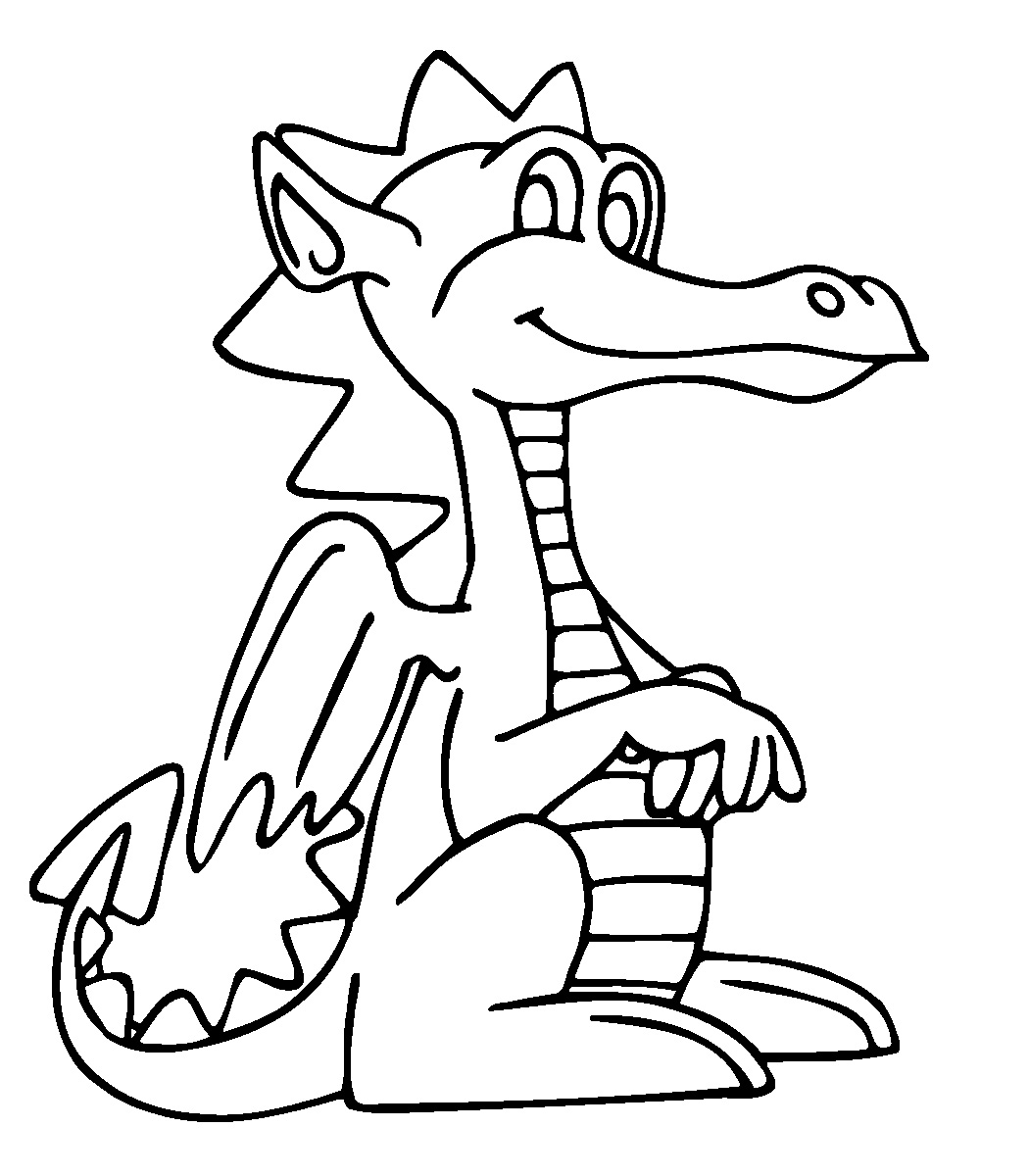Seventeenth-Century English Dragons May 28, 2012
Author: Beach Combing | in : Modern , trackbackBeachcombing recently highlighted the case of a giant serpent in nineteenth-century Devon, a snake that was as thick as a thigh. Beach had assumed that this was a one off, but now he is wondering as he found a second reference to go with it. This one comes from a pamphlet with a straight-to-the-point title: The Flying Serpent or Strange News out of Essex. This was published in 1669 and tells how a beast that was spotted at Lodge Farm, Henham-on-the-Mount was
‘8 or 9 foot long, the smallest part of him about the bigness of a Man’s leg, on the middle as big as a Mans Thigh, his eyes were very large and piercing, about the bigness of a Sheep’s eye, in his mouth he had two rows of Teeth which appeared to their sight very white and sharp, and on his back h e had two wings indifferent large but not proportionable to the rest of his body, they judging them not to be above two hand fulls long, and w hen spreaded, not to extend from the top of one wing to the utmost end of the other above two foot at the most, and therefore altogether too weak to carry such an unwieldly body.
A flightless dragon then?! All this makes Beach wonder if (in imaginary terms) the Devonian snake was actually the last traces of belief in wyrms in those parts in the early eighteenth century.
Back to the Henham beast though. One writer, Alison Barnes, has gone on record with (she believes) the true identity of this beast. Crocodile? Salamander? Mutant adder? Well, actually none of the above. AB has argued that it was a practical joke. She claims that the author of the pamphlet, was also the author of the hoax: see further her ‘Ingenious William Winstanley: Poet, Journalist, Bookseller, Historian and Novelist of Saffron Walden and Quendon 1628-1698’. AB argues, in fact, that all the ‘solid witnesses’ were Winstanley’s friends and implies that lots of paper mache was employed.
So dragons were truly extinct by the seventeenth century in Britain? Well, yes and no. In 1614 another text was published whose title will speak for itself. True and Wonderfull: A Discourse relating a strange and monstrous Serpent (or Dragon) lately discovered, and yet living, to the great annoyance and divers slaughters both of men and cattell, by his strong and violent Poyson: in Sussex, two miles from Horsam, in a woode called St. Leonards Forrest, and thirtie miles from London, this present month of August, 1614. With the true generation of Serpents.
Who needs annotated bibliographies when you have a hundred word titles? A description of the ‘dragon’ follows.
He is of countenance very proud, and at the sight or hearing of men or cattel, will raise his necke upright, and seem to listen and look about, with great arrogancy. There are likewise on either side of him discovered, two great bunches so big as a large footeball, and (as some thinke) will in time grow to wings
He was eight or nine feet in length and his middle part (the thickest) was, reportedly, like the axle tree of a cart.
What on earth is happening here? drbeachcombing AT yahoo DOT com
***
9 June 2012: Wade writes in with some dragon stuff. Here is a link that mentions elderly accounts ‘as recent as the early 1900s’ of winged serpents in the woods around Penllin Castle, from M. Trevelyan, 1909, Folk-Lore and Folk Stories of Wales. Thanks!
5 July 2012: Ozzie writes: Except for size, this sounds like a pretty good description of a neotenous amphibian. The only problem (other than size) is that all the examples I am aware of are in the Americas, but that is probably ignorance rather than absence.Take a look at the mudpuppy. The most famous of these neotenous salamanders (neoteny just means they retain immature characteristics into adulthood) is the axolotl, at least in the USA, probably because it became a catchword Mad Magazine. As you can see, it’s a bit too cute to be confused with a dragon. Come to think of it, even the size may not be a problem. Take a look at the Chinese giant salamander which can reach six feet long. If one of those showed up in Essex it would be time to put on the old spiked armour and join the heroes. So maybe these two “events” are examples of cryptozoology rather than myth. Or maybe not.’ Thanks Ozzie!



